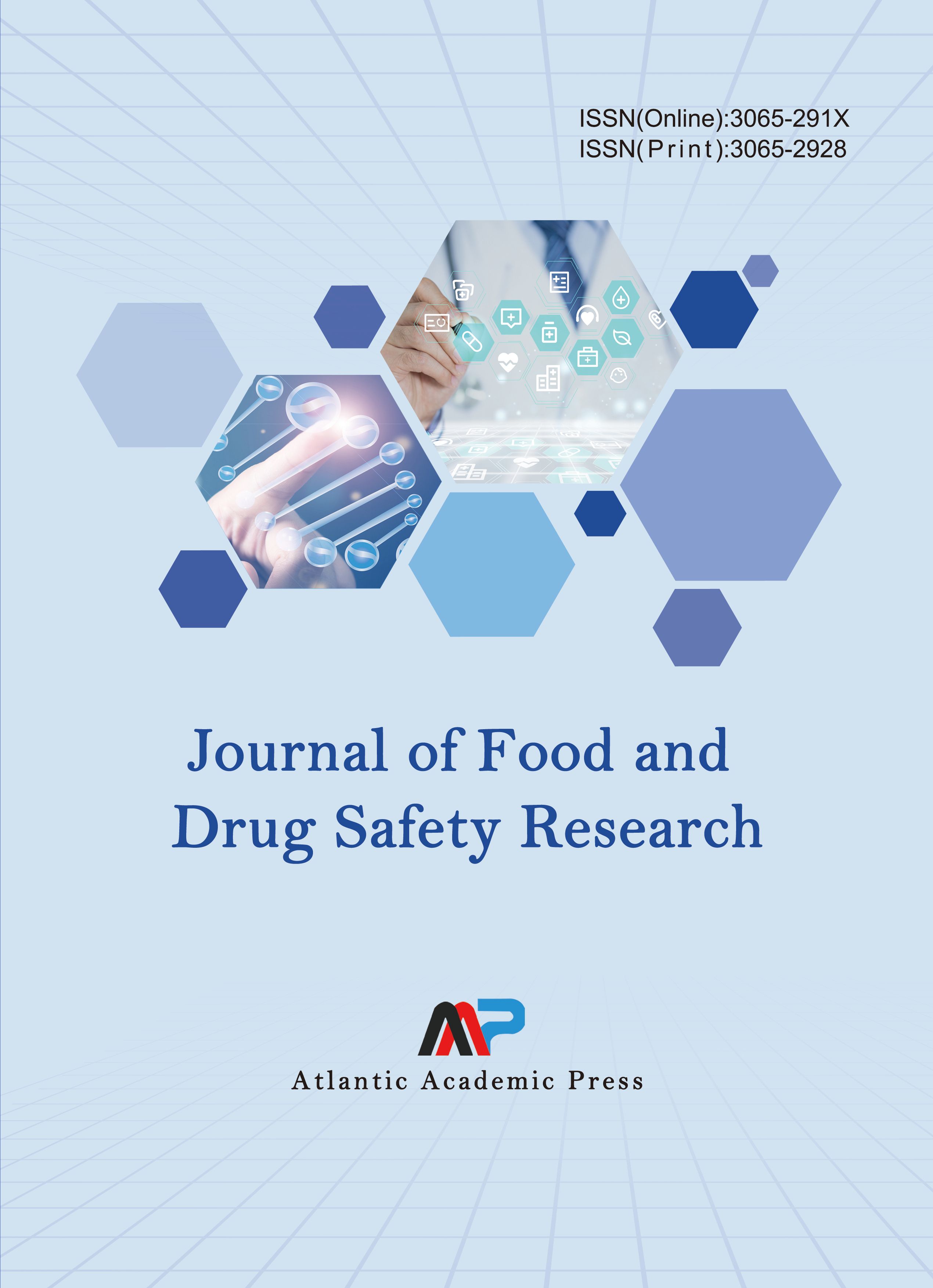Different drying methods' effects on the nutritional components and flavor of fruits
DOI:
https://doi.org/10.70767/jfdsr.v1i2.227Abstract
With the continuous development of food processing technologies, drying techniques have become increasingly important in fruit processing. Different drying methods have significant impacts on the nutritional components and flavor of fruits, directly affecting the nutritional value and market competitiveness of the products. This paper reviews the principles, technical characteristics, and effects of four main drying technologies—hot air drying, freeze drying, vacuum drying, and microwave drying—on the nutritional components and flavor of fruits. By comparing the retention effects of these drying methods on vitamins, minerals, dietary fibers, and antioxidants, the paper explores future research directions and suggests technical optimization strategies. The study indicates that different drying technologies have varying advantages and disadvantages in terms of nutrient retention, flavor preservation, and drying efficiency. Strategies such as multi-factor optimization, technological combinations, and exploration of new drying technologies are proposed to provide valuable references and guidance for the fruit processing industry.
Downloads
Published
Issue
Section
License
Copyright (c) 2024 Journal of Food and Drug Safety Research

This work is licensed under a Creative Commons Attribution-NonCommercial 4.0 International License.




